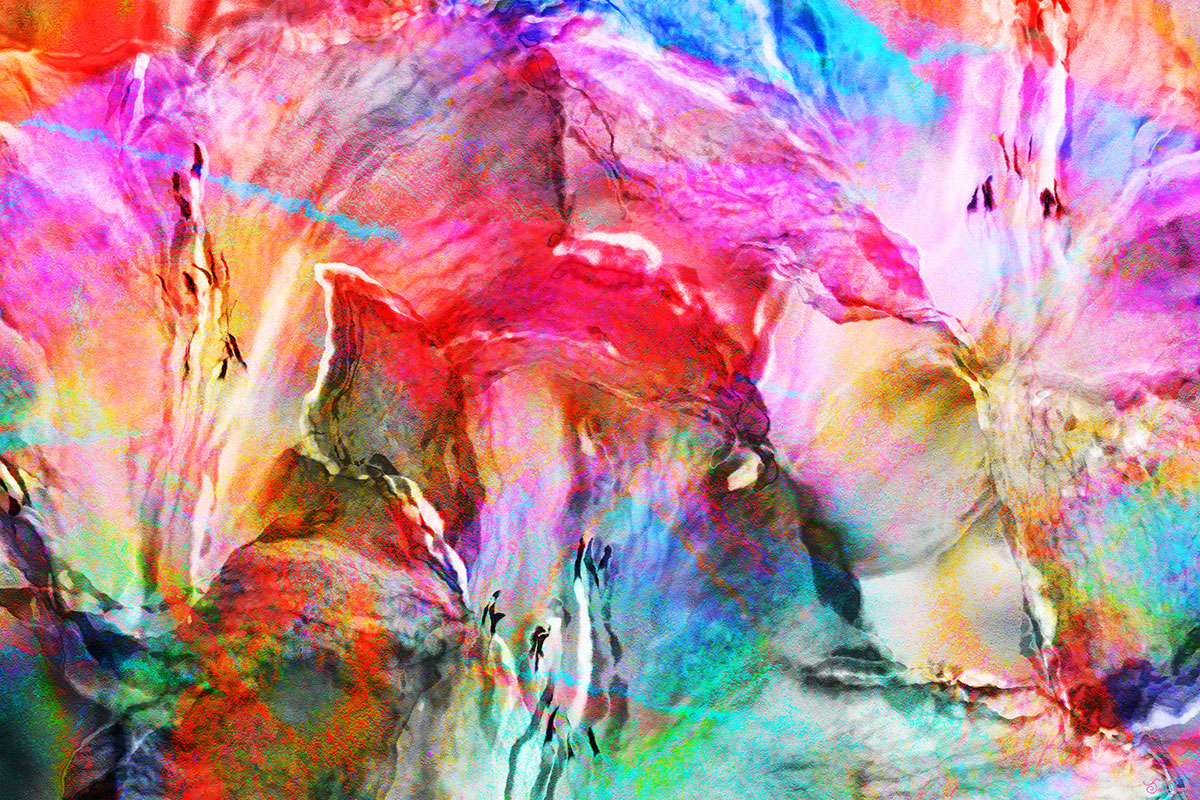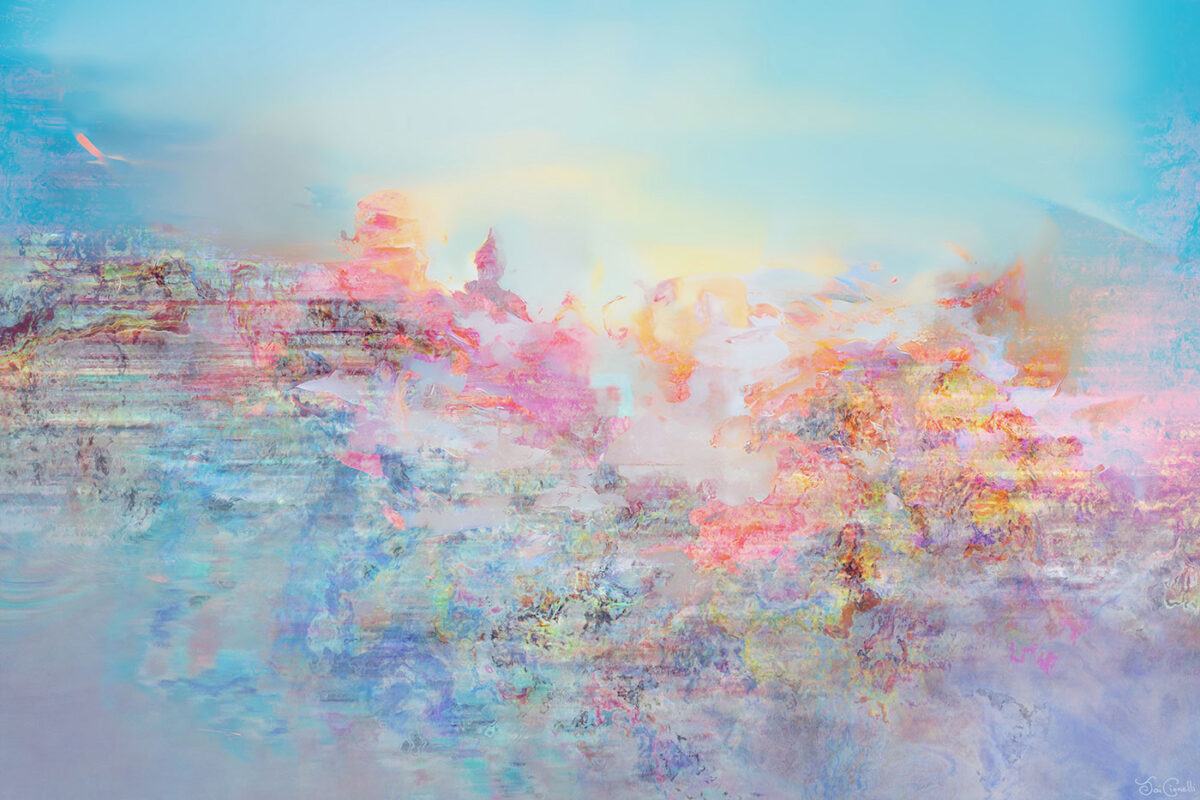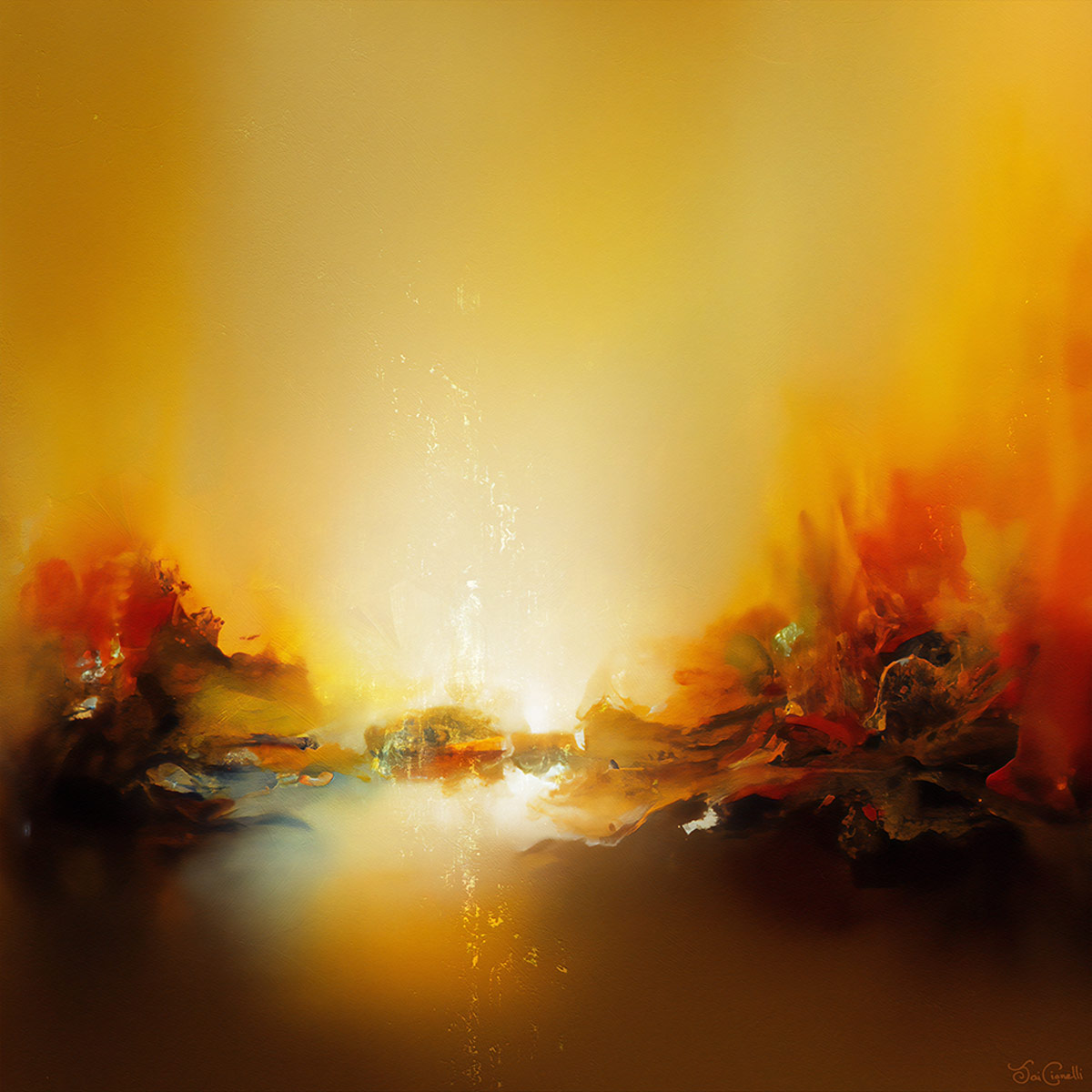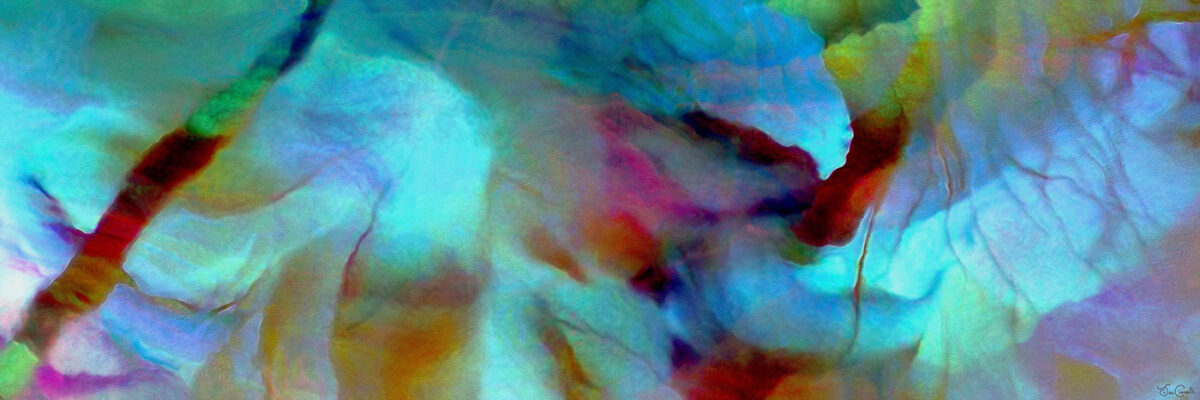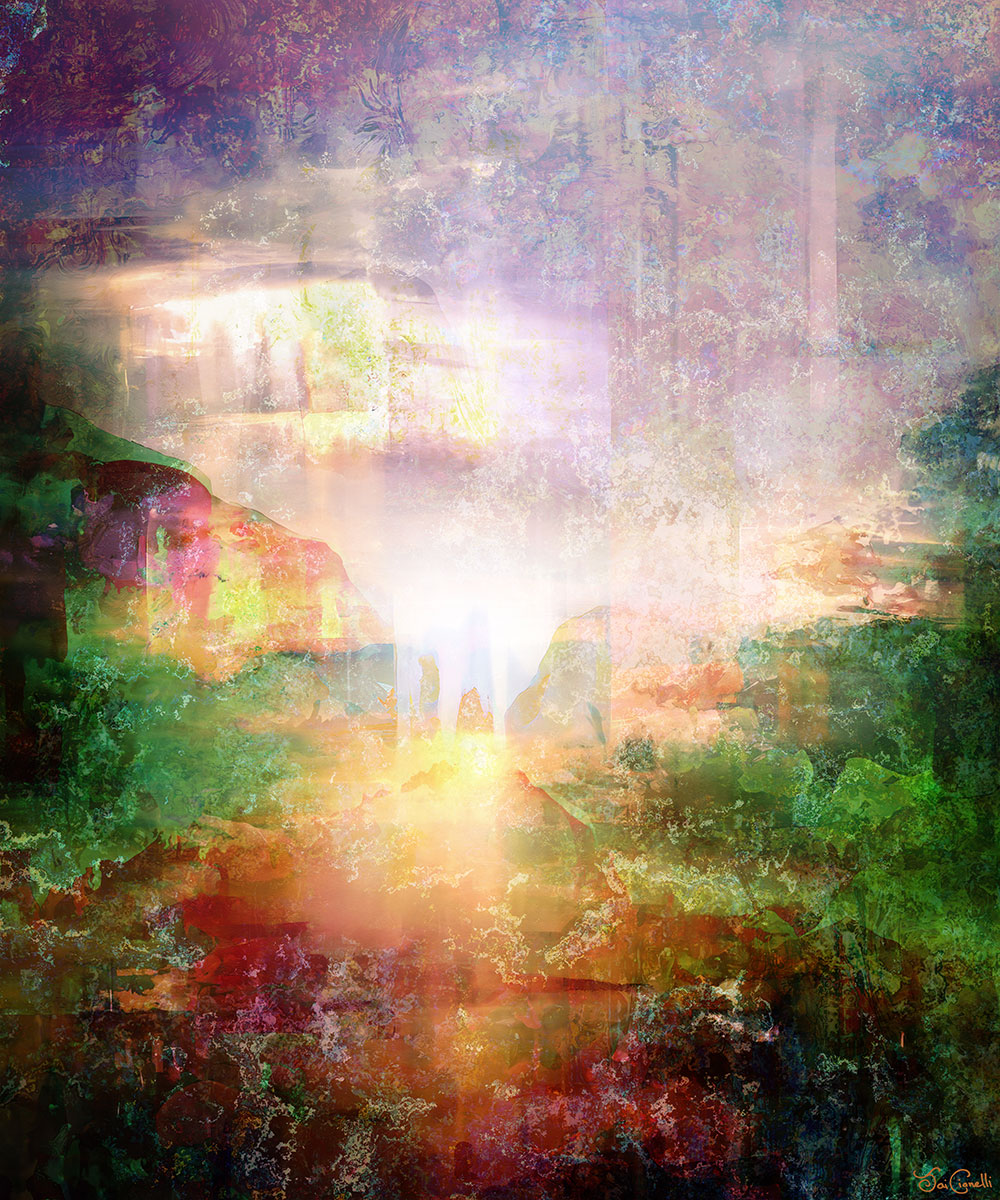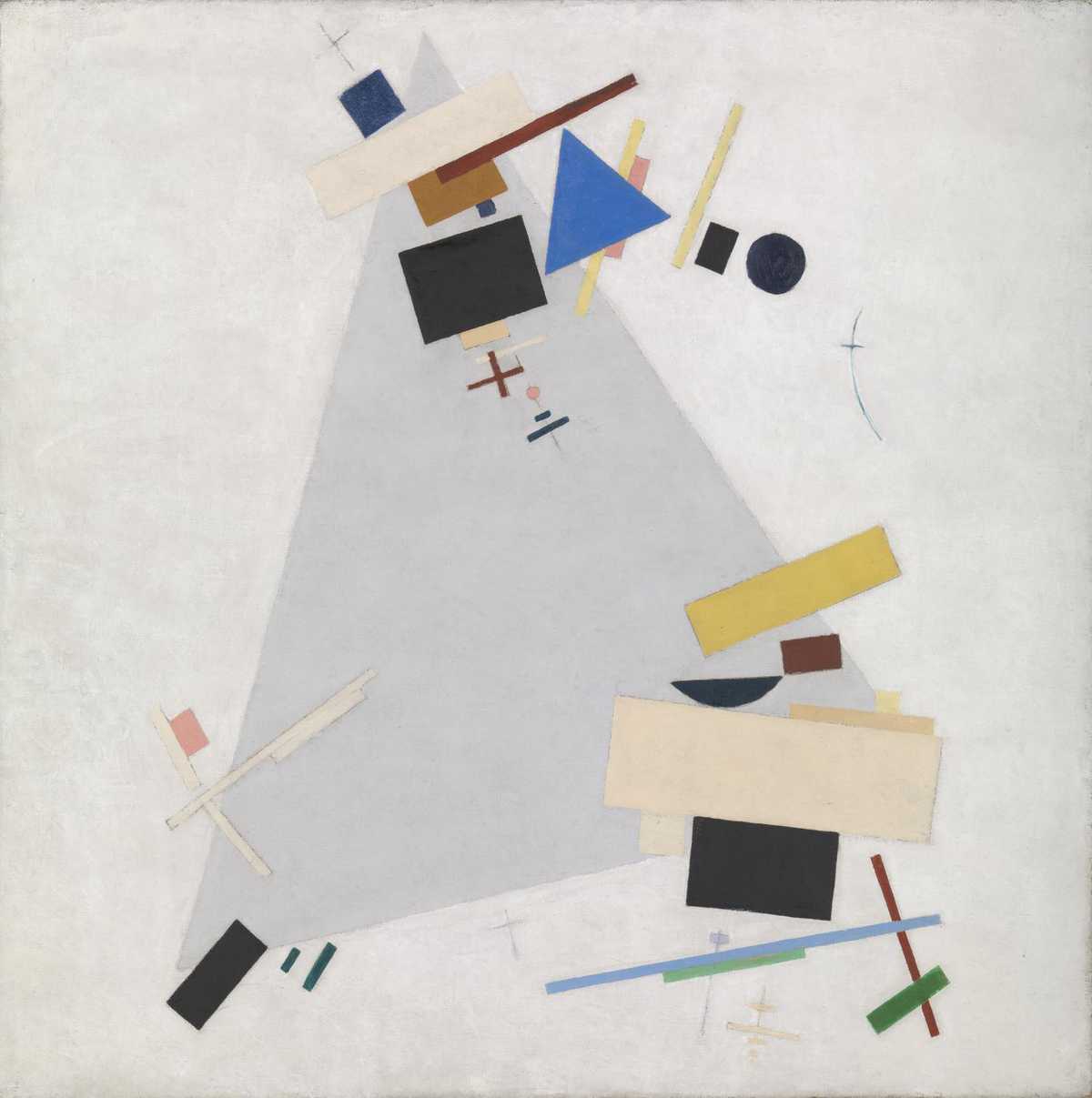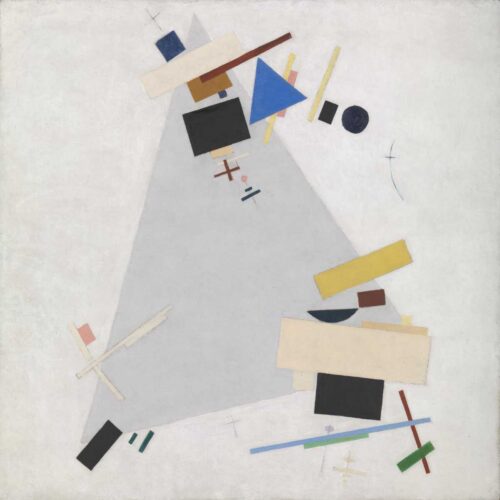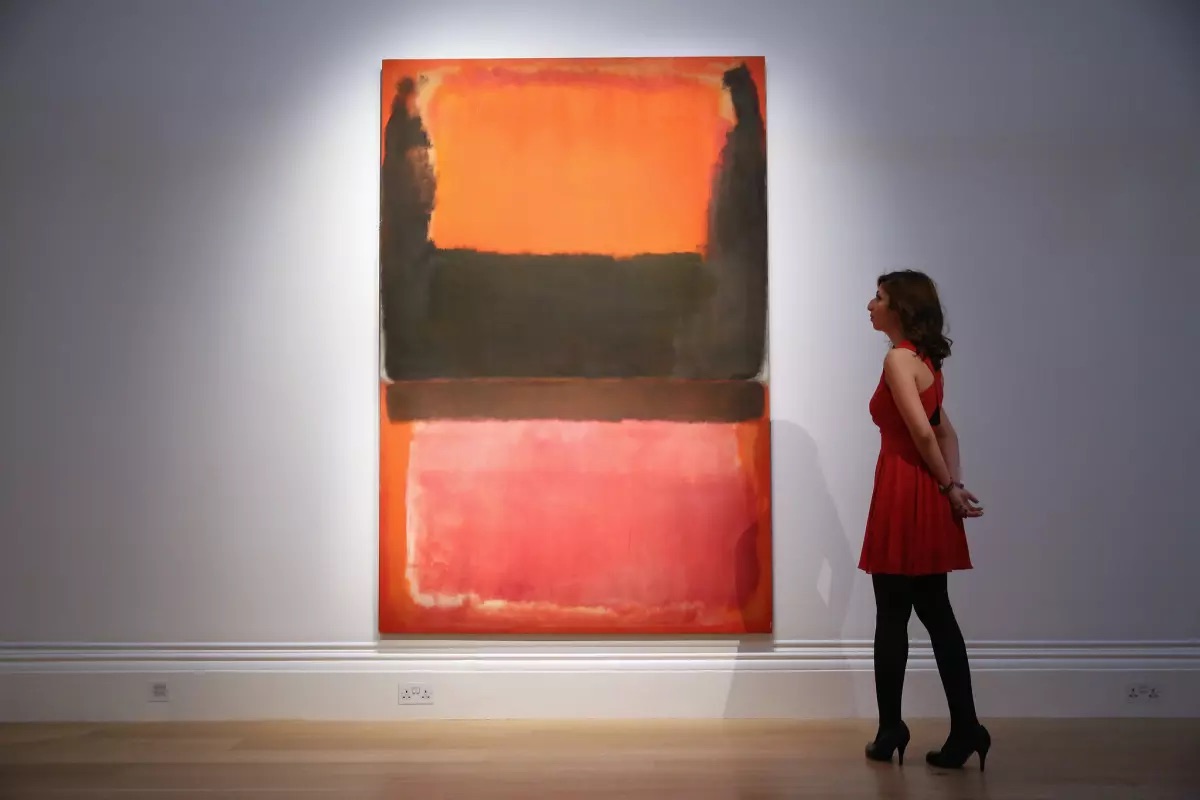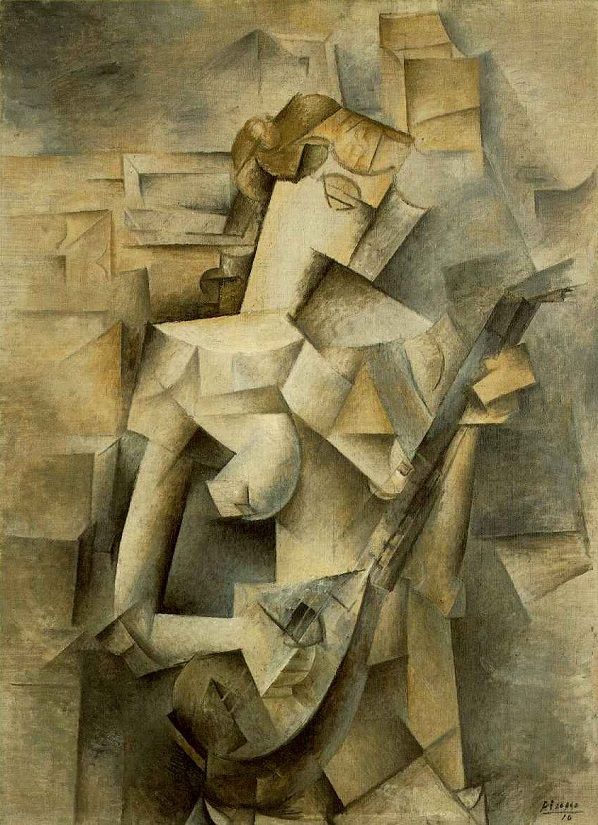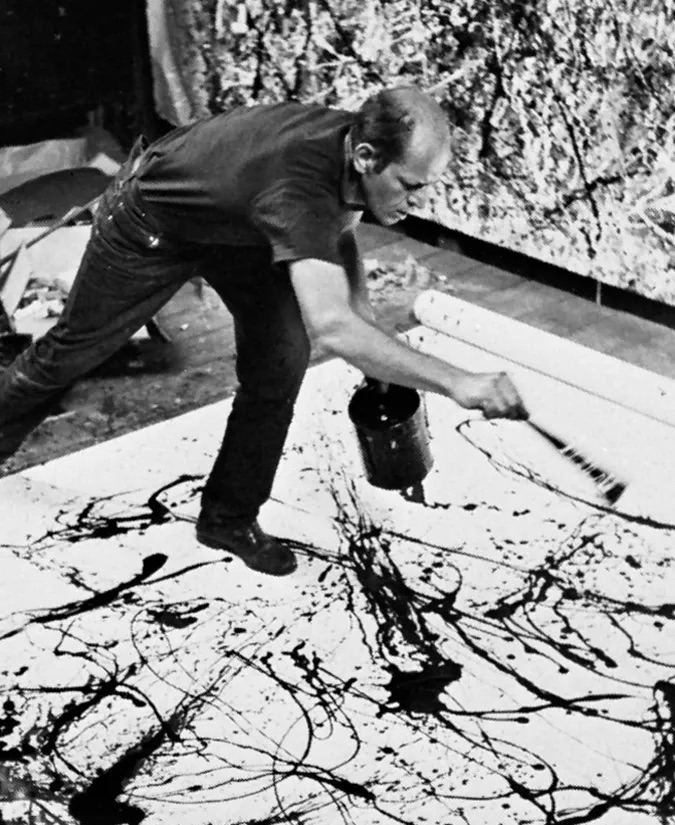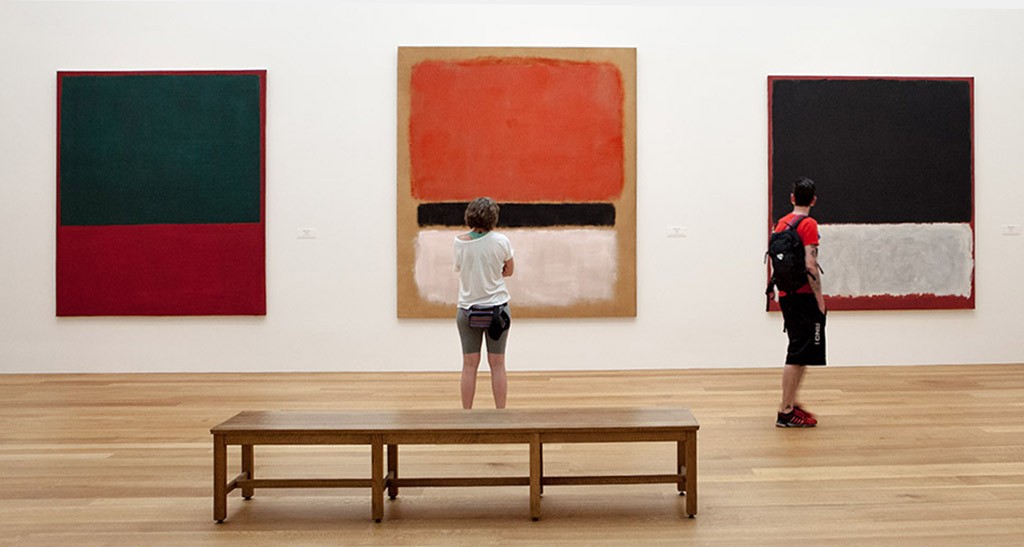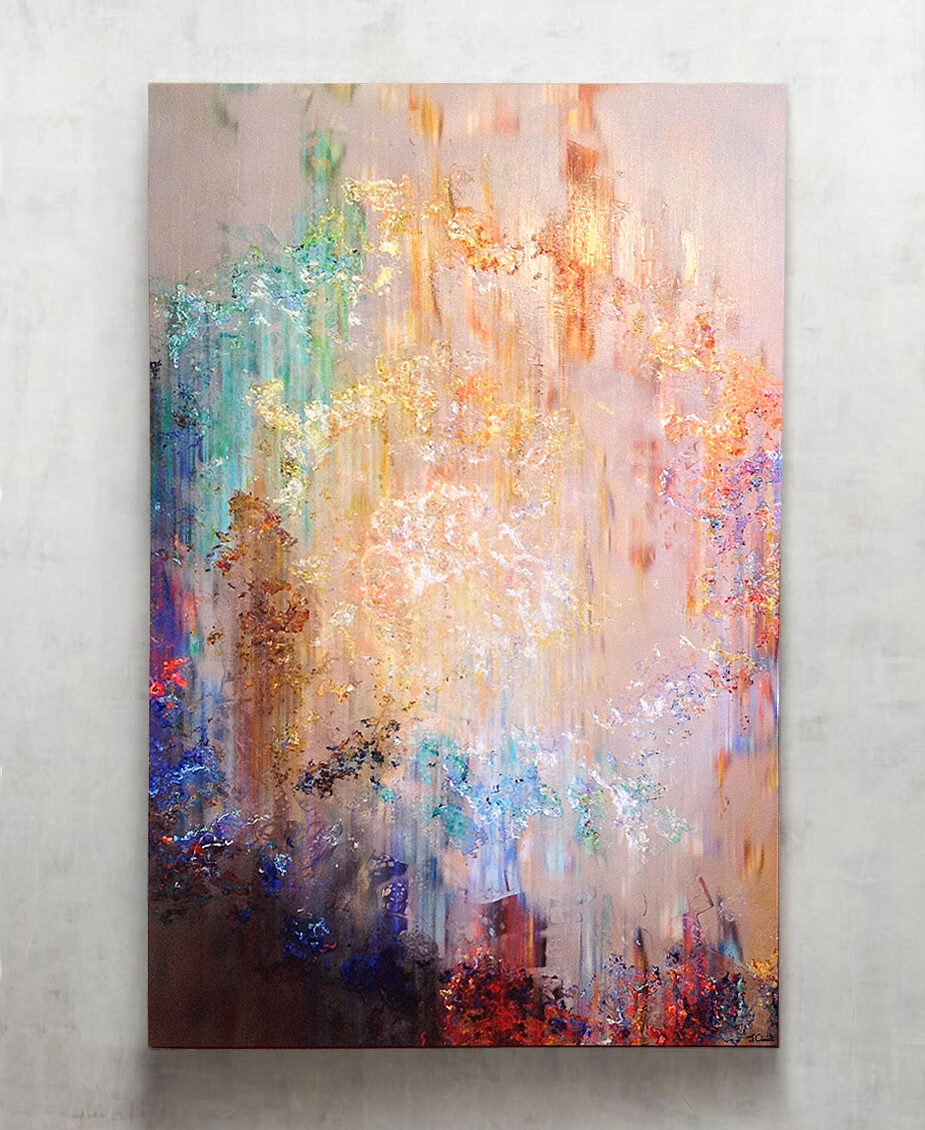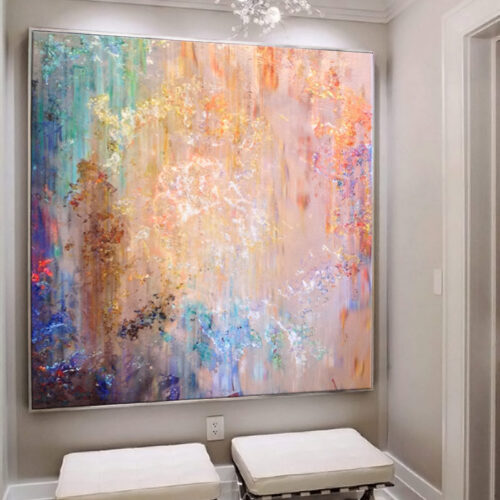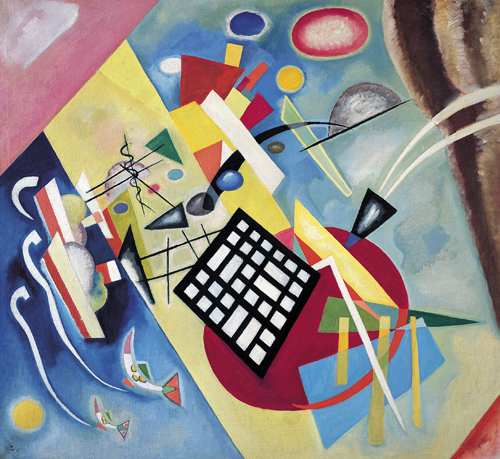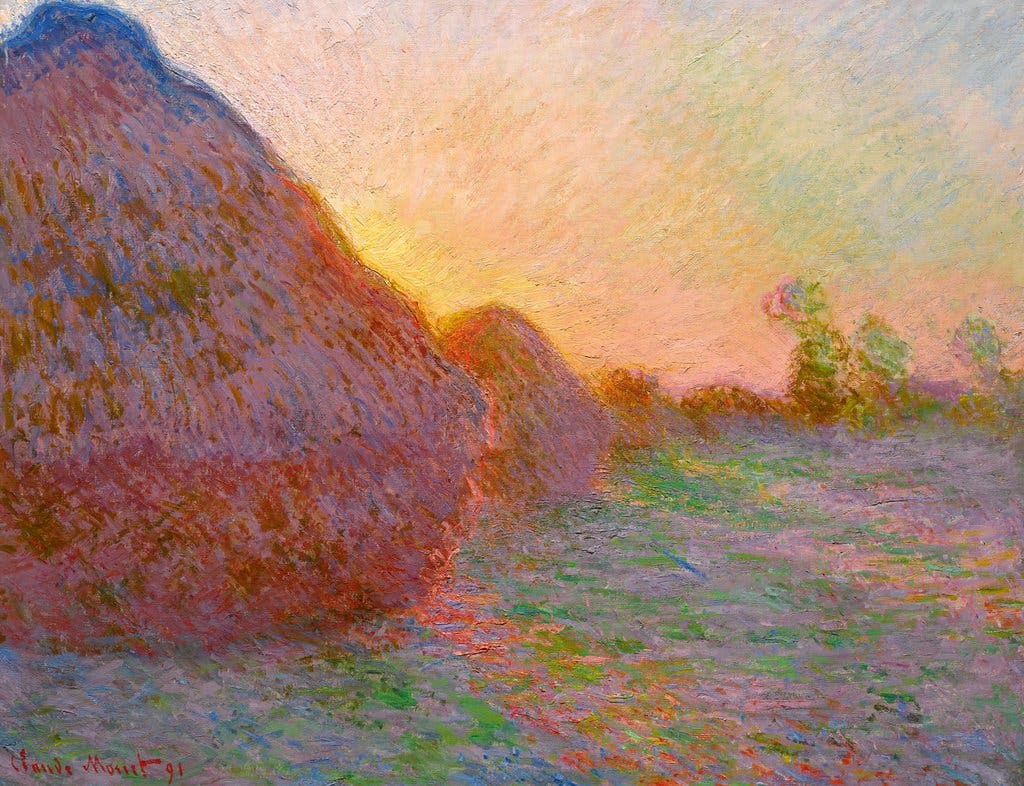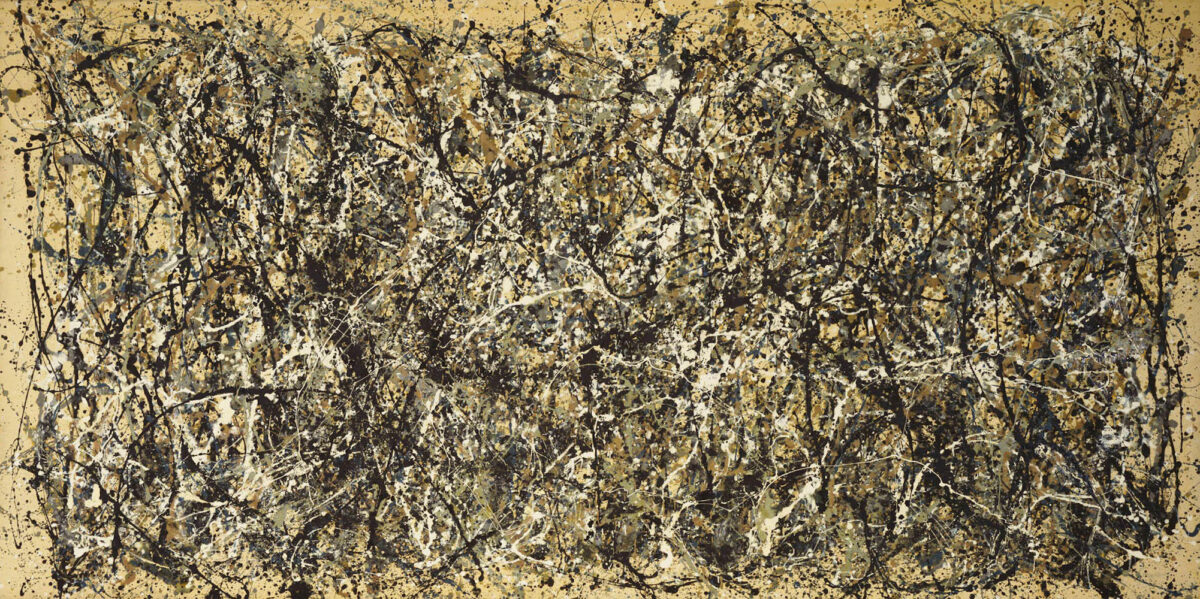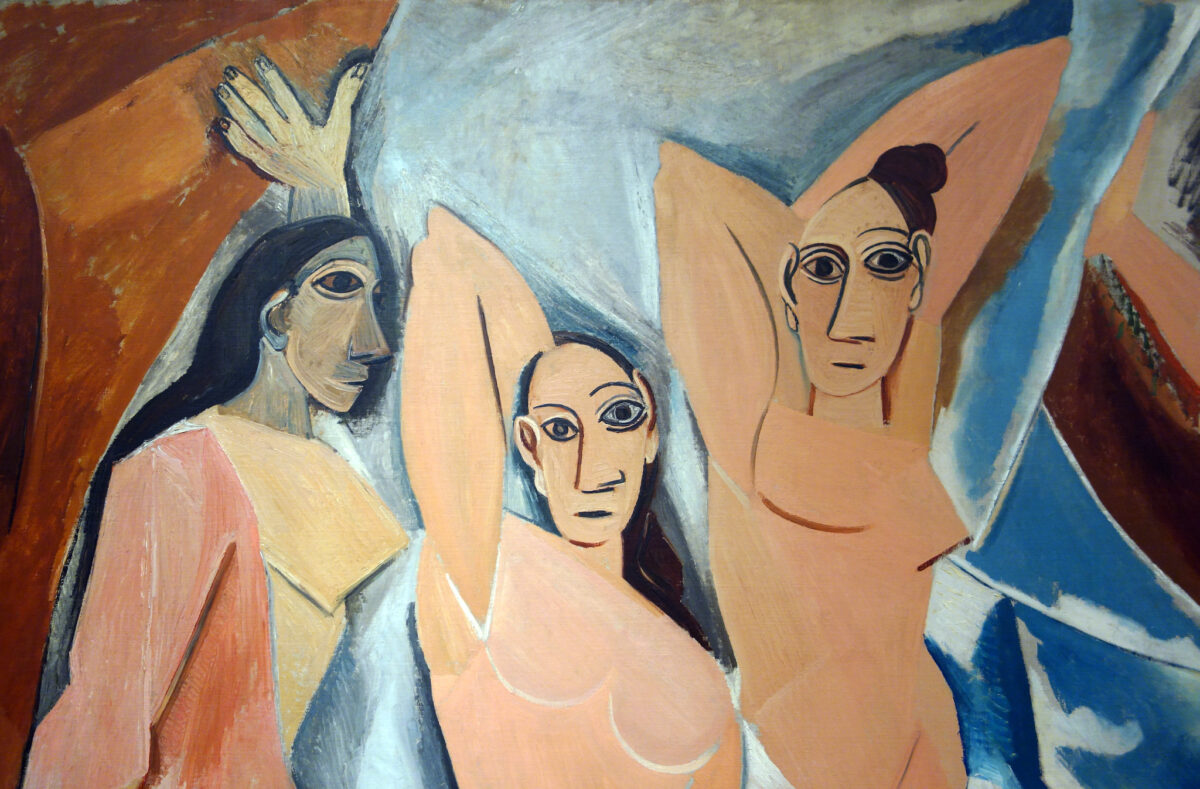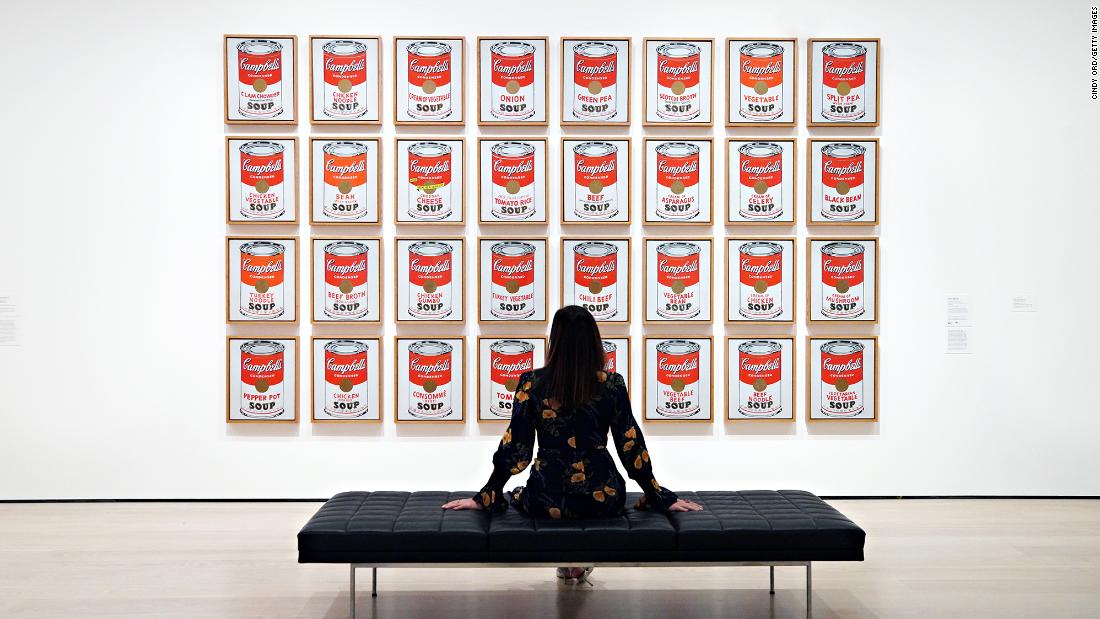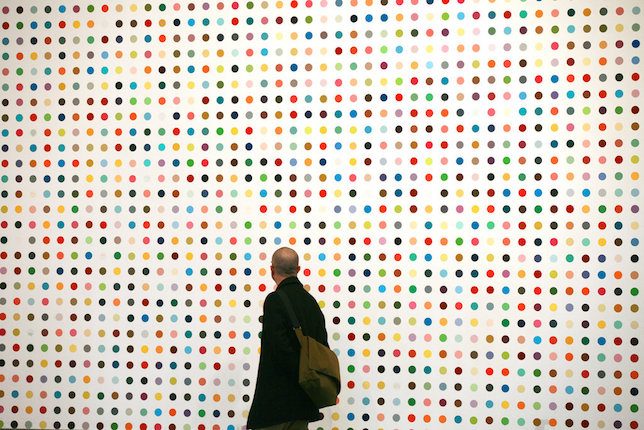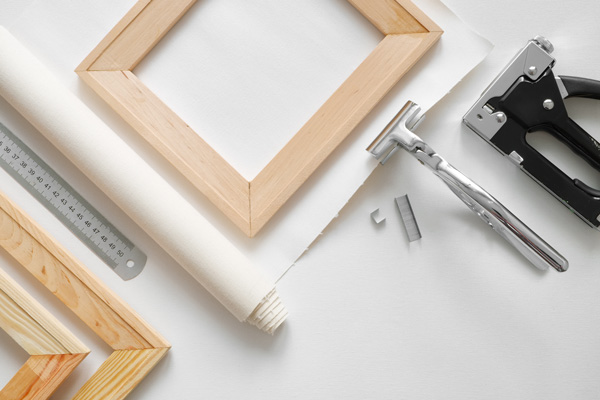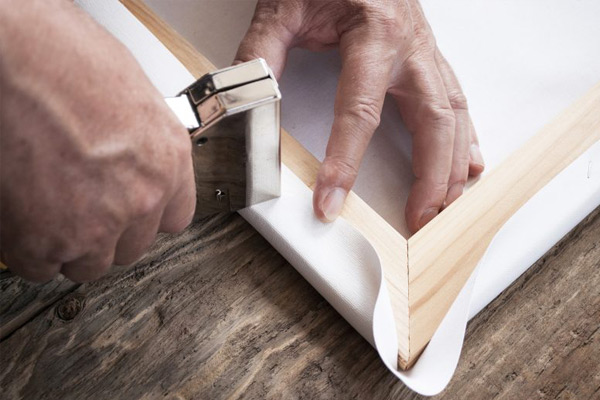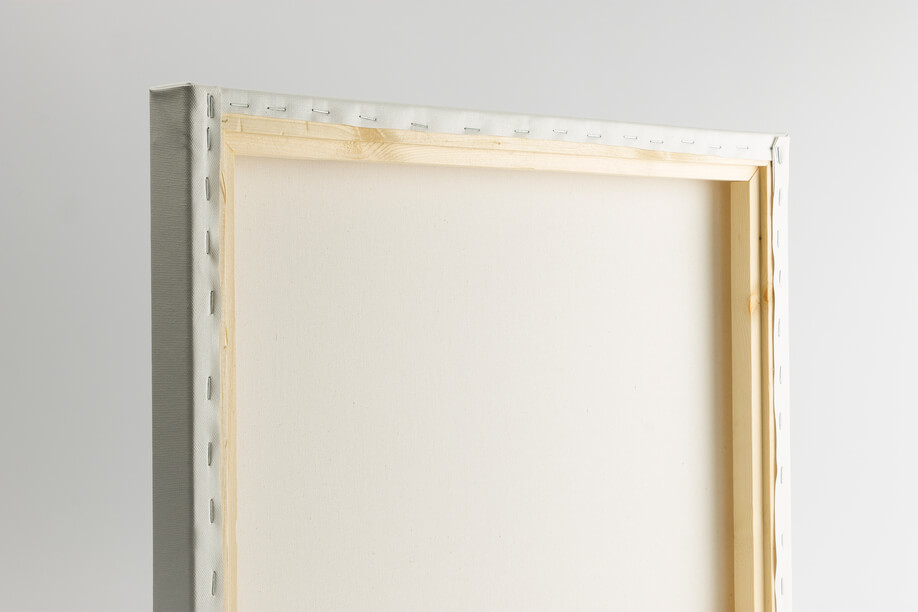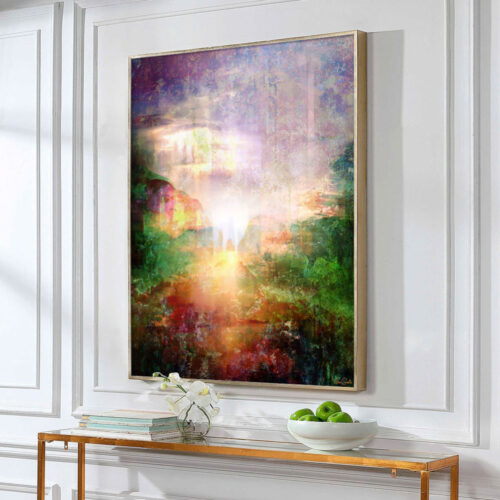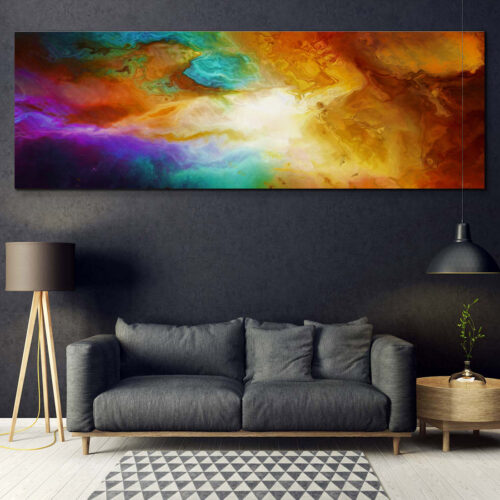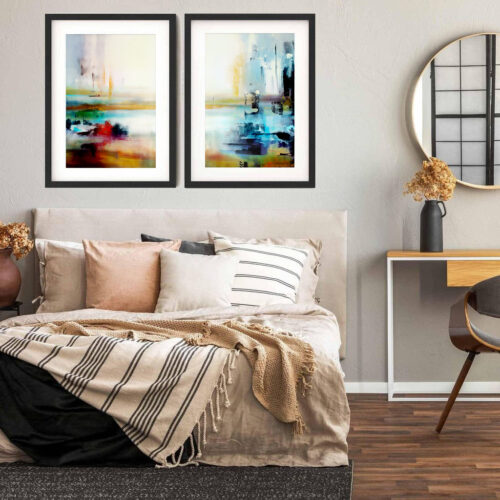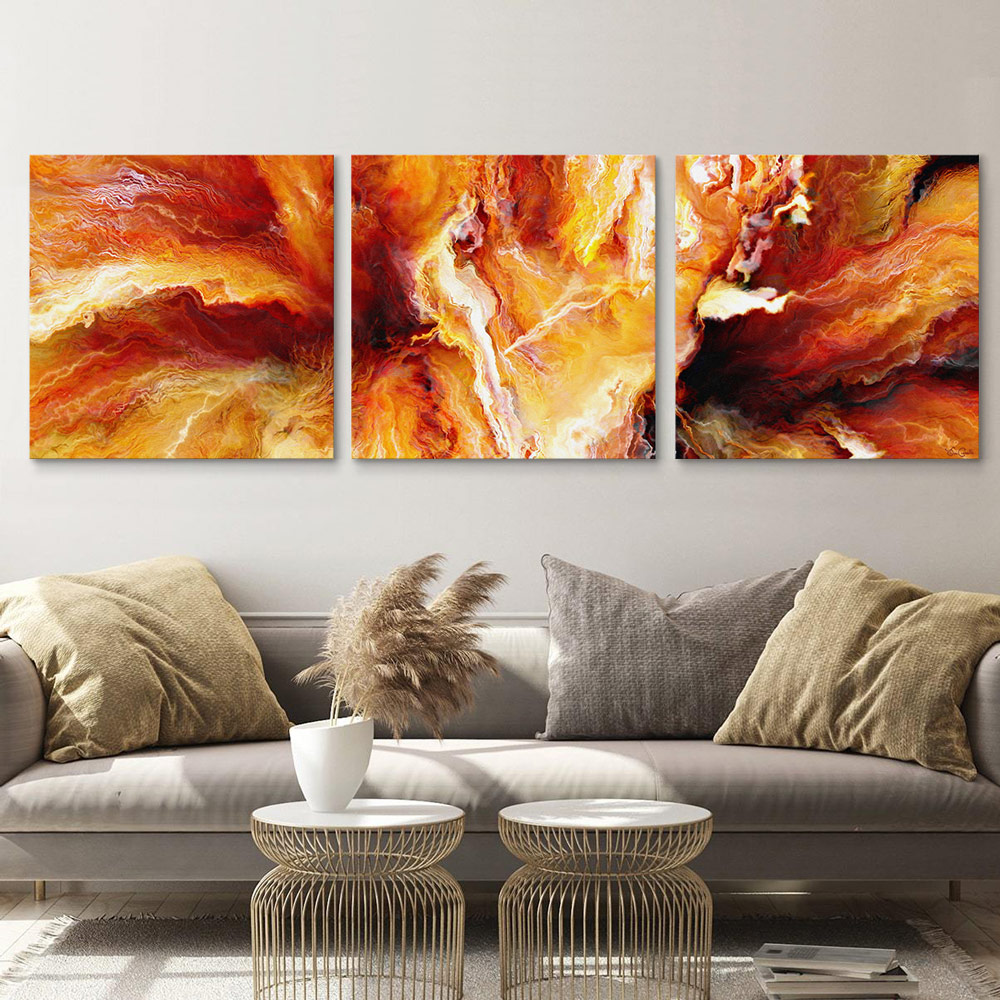Abstract Nature Art – Why We Love Nature Inspired Abstract Art
The Essence of Abstract Art
The love of abstract art stretches far beyond its vibrant colors and seemingly random shapes and forms. It captivates us because of its undeniable power to ignite our curiosity, to push the boundaries of our imagination, and to challenge our perception of what art can be. But what exactly constitutes abstract art, and can it portray some resemblance of realism and nature-inspired forms?
As you probably know abstract art was created out of a desire to create altered depictions of a subject or concept. But what you might not know is that the abstraction in art can extend itself slightly on a varying scale. And by varying the degree of abstraction some artists are able to manipulate and interpret reality to create entirely new compositions that can also retain the inspiration of the real world.
The Allure of Abstract Nature Art
Did you know that the top selling contemporary wall art today is abstract nature art or abstract art that includes some degree of realism? Artists and viewers alike are drawn to it because it speaks to them and it has a way of conjuring emotions. There is a strong appreciation for this type of abstract art that is centered around abstracting elements from the real world. This powerful art form is a creative interpretation of the delicate beauty of nature, but it is less about the subject and more about the feeling.
By observing nature and intuitively mimicking the delicate and impactful balances of her presentation, abstract artists are able to imbue many types of emotions through nature-inspired abstract form. When viewing these types of amazing abstract works they immediately convey something new and exciting to the senses all while still retaining a grounded familiarity. This bond of familiarity helps capture one’s imagination more easily and convey emotions that would otherwise not so easily be felt.
Examples of Nature-Inspired Abstract Art
Artist use many methods of abstracting nature including nature inspired forms, textures, and color combinations. For example just observing nature up close one might discover intelligently designed mathematical patterns or otherworldy views that give a altered perspective that can be used in art in new ways.
An artist may also mimic the same color combinations in a gorgeous sunset while excluding the forms of the landscape. Doing so, an artist is able to create minimalist abstract landscape art that is inspired by nature, and rather than being solely about the subjects landscape and what it is, the result is a connection at an emotional level . Other examples of abstract nature art could be the simple inclusion of organic shapes, blooming flowers, shimmering light patterns, or earthen texture into an artwork that is entirely abstract and different from these subjects. By just including a slight amount of realism there is an allure and connection that yields a deeper curiosity for what the viewer is observing.
Final Thoughts
Abstract nature art is a modern and contemporary invitation to explore the endless possibilities of creativity while also feeling connected to the world around us. It reminds us that art doesn’t always have to depict reality, but can instead be inspired by reality to manifest our innermost thoughts and emotions. Abstract nature art is a balance of the new and exciting with grounded familiarity. And the resulting artistic effects of nature-inspired abstract art can convey a gamut of emotions, from tranquility and happiness to amazement and reflection, forging a deep personal connection with the artwork.


